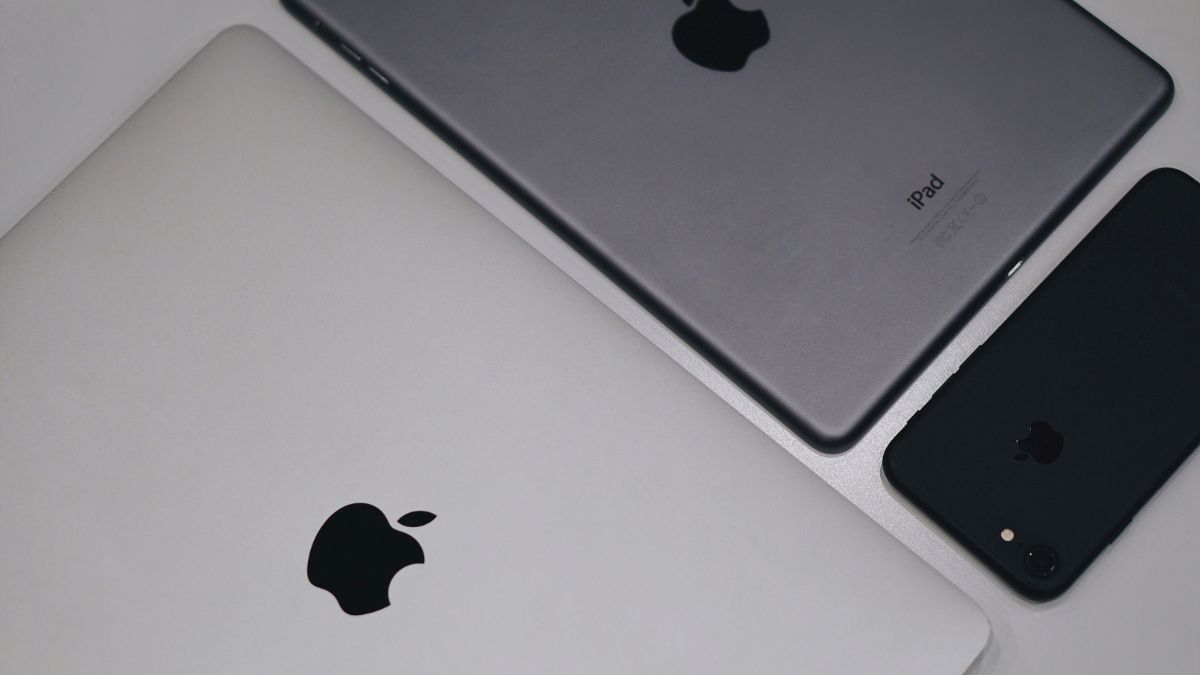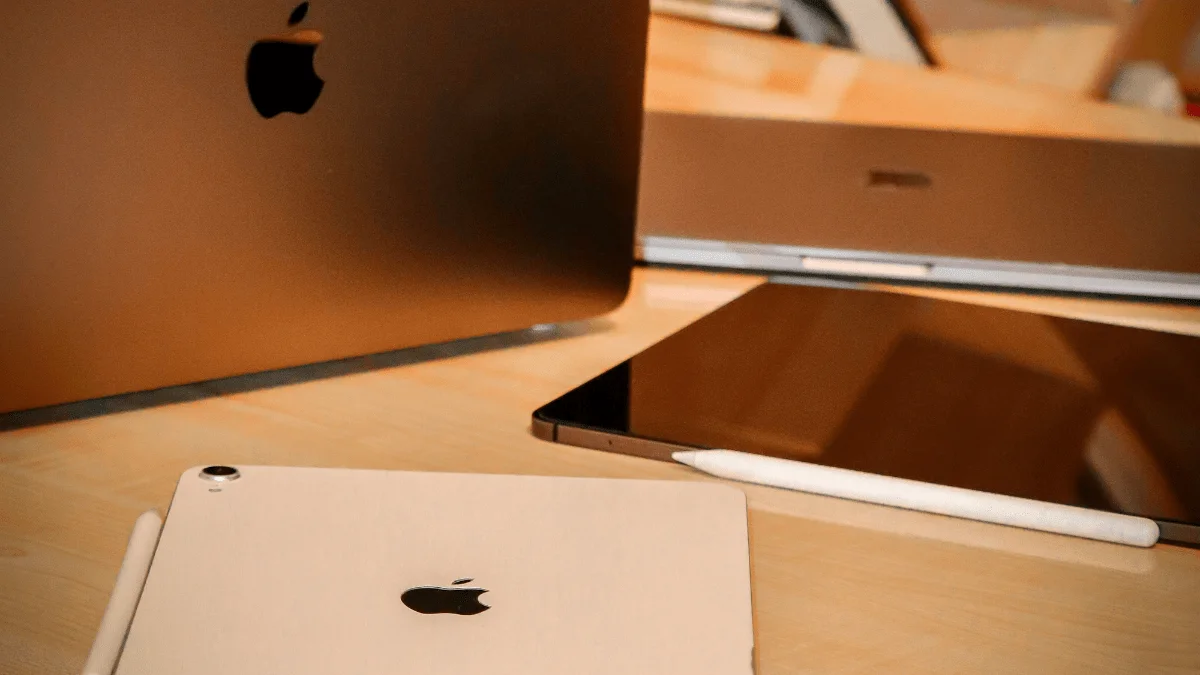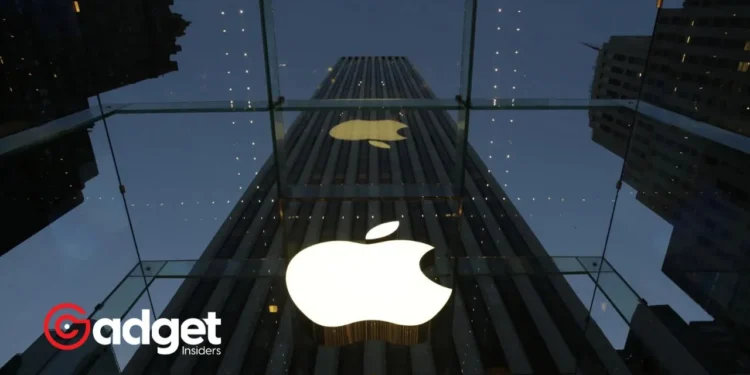In the digital age, our reliance on technology is greater than ever before. The convenience and capabilities of devices like the Apple iPhone, iPad, and MacBook have transformed our daily lives, integrating seamlessly into everything from communication to work, entertainment, and even personal security. However, with great power comes great responsibility, especially in the realm of cybersecurity.
Recently, a significant warning has been issued to users of Apple’s suite of products, including iPhones, iPads, MacBooks, and the Vision Pro headset, bringing to light a critical vulnerability that could potentially compromise millions of users worldwide.
Unpacking the Threat: Understanding the Vulnerability
The heart of this warning lies in a critical flaw identified within Apple’s ecosystem, one that could allow malicious actors to execute code remotely on a victim’s device. This vulnerability isn’t confined to a single product but spans across several of Apple’s most popular devices, including:

- iPhone models from the iPhone 8 to the iPhone XS
- A wide range of iPads, including the iPad Pro 12.9-inch (both 1st generation and later models), iPad Pro 10.5-inch, iPad Pro 11-inch, iPad Air, and the iPad mini
- MacBook users are also within the risk zone, particularly those operating on macOS Ventura versions before 13.6.6, macOS Sonoma versions before 14.4.1, and Safari versions before 17.4.1
This revelation comes courtesy of the Indian Computer Emergency Response Team (CERT-In), emphasizing the seriousness of the risk. The advisory underscores the need for immediate action by users to protect their devices and personal information.
Immediate Steps to Secure Your Apple Devices
In light of this warning, Apple device users must take proactive steps to secure their devices. Here are some essential measures to consider.

Update Your Devices
One of the simplest yet most effective ways to protect your devices is to ensure they’re running the latest software versions. Apple has released security patches in response to this vulnerability, available in the latest updates for iOS, iPadOS, macOS, and Safari. Updating your device can significantly reduce the risk of remote code execution attacks.
Be Wary of Public Wi-Fi
Public Wi-Fi networks, while convenient, are notorious for their security vulnerabilities. Avoid connecting your device to unsecured networks to minimize the risk of unauthorized access.
Apple iPhone, iPad and MacBook users may be at high risk: Centre issues warning about critical vulnerabilityhttps://t.co/m6Yy7xVFLy
For News on the go, Download HT app. Click https://t.co/XtWwBcEmg4 https://t.co/m6Yy7xVFLy
— thaiparampil (@thaiparampil) April 3, 2024
Implement Two-Factor Authentication (2FA)
Adding an extra layer of security through 2FA can help protect your accounts from unauthorized access, even if your credentials are compromised.
Download from Reliable Sources
To mitigate the risk of malware, always download apps and software from trusted sources, such as the Apple App Store.
Regular Data Backups
Regularly backing up important data ensures that you’re safeguarded against data loss, should your device be compromised.

The digital world offers unparalleled convenience and opportunities, but it also comes with its share of risks. This recent advisory from CERT-In is a stark reminder of the ever-present threats in the cyber landscape and the importance of staying vigilant.
By taking the recommended precautions, users can help safeguard their devices and personal information against potential threats, ensuring that their digital experience remains secure and enjoyable. In this era of constant connectivity, cybersecurity is not just a recommendation but a necessity.
Let’s take this warning as a wake-up call to strengthen our digital defenses and protect our online presence.










